Welcome to the fascinating world of decorative concrete molds! If you’re looking to revamp your outdoor space or add a unique touch to your interior design, you’ve come to the right place. Through my extensive experience with decorative concrete, I can confidently say that these molds are a game changer. They allow anyone from DIY enthusiasts to professional contractors to unleash their creativity without breaking the bank. In this comprehensive guide, we’ll explore everything you need to know about decorative concrete molds, including how to use them, their advantages, types available, and much more!
What Are Decorative Concrete Molds?
Decorative concrete molds are specially designed forms used to shape concrete into various patterns, textures, and designs. They offer an affordable way to enhance the aesthetic appeal of concrete surfaces, allowing for unique patterns in patios, sidewalks, walls, and even furniture. Using molds can transform mundane concrete into gorgeous, custom-designed features.
Types of Decorative Concrete Molds
Before diving into the benefits, let’s take a closer look at the different types of decorative concrete molds available:
- Paver Molds: Create stunning interlocking paving stones for driveways and walkways.
- Border Molds: Ideal for edging gardens or patios with decorative designs.
- 3D Texture Molds: Add depth and dimension to walls or furniture pieces.
- Stepping Stone Molds: Make personalized garden stepping stones.
- Column and Pillar Molds: Create impressive architectural features.
Advantages of Using Decorative Concrete Molds
Let’s consider why decorative concrete molds are becoming increasingly popular among both DIYers and professionals:
Cost-Effective Transformation
One of the most appealing aspects of using decorative concrete molds is their affordability. Compared to traditional materials like stone or brick, molded concrete provides a similar aesthetic without the hefty price tag.
Durability and Low Maintenance
Concrete is renowned for its longevity and strength. Once your decorative concrete is set, it stands up to the elements with minimal required maintenance, saving you time and effort over the years.
Endless Design Options
With a variety of molds available, the design possibilities are virtually limitless. Whether you want a rustic stone look or a modern geometric pattern, you can find a mold that matches your vision.
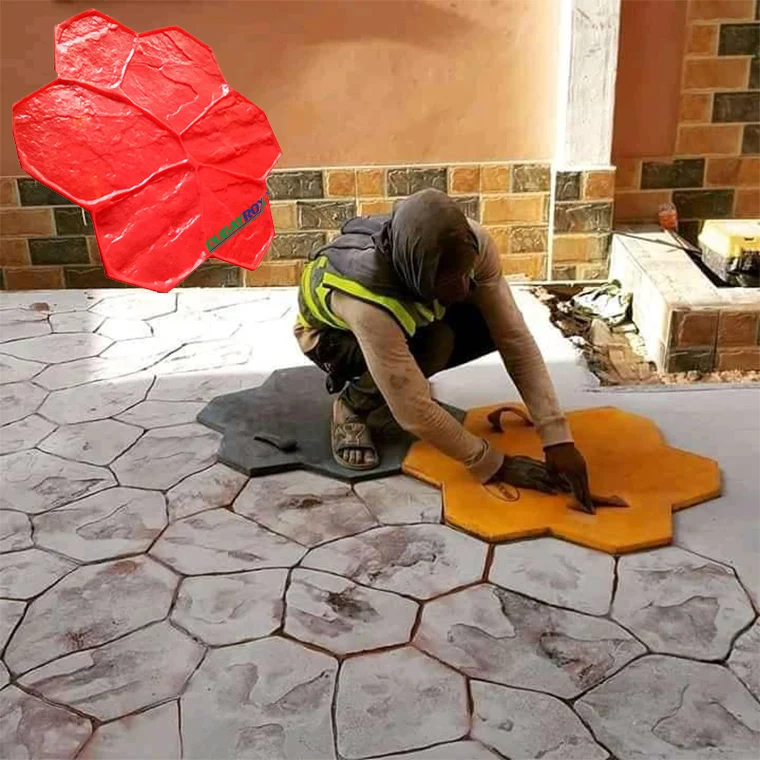
Personal Experience: My First Project
When I attempted my first decorative concrete project, I was amazed at how a simple mold could transform plain concrete into something extraordinary. I used a paver mold to create a patio space in my backyard and was pleasantly surprised by how easy it was. The end result was not only beautiful but also a great conversation starter for my summer gatherings!
How to Use Decorative Concrete Molds
Using decorative concrete molds is straightforward, even for beginners. Here’s a step-by-step guide to get you started:
Materials Needed
- Concrete mix (premixed or custom)
- Water
- Release agent (to prevent sticking)
- Mixing tools (bucket, shovel, etc.)
- Concrete trowel
- Decorative concrete mold

Step-by-Step Guide
- Prepare Your Site: Ensure the area is clean and level. If you’re working outdoors, consider using a tarp to keep your project contained.
- Mix the Concrete: Follow the instructions provided with your concrete mix. Make sure it reaches a pourable consistency.
- Apply Release Agent: Spray the mold with a release agent to help remove it easily once the concrete has set.
- Pour the Concrete: Carefully fill your mold with concrete, ensuring it’s packed evenly to avoid air pockets.
- Smooth the Surface: Use a trowel to smooth out any rough edges or surfaces.
- Let It Set: Allow the concrete to cure as per the instructions on the mix. This typically takes 24-48 hours.
- Remove the Mold: Gently pull away the mold, being cautious not to damage your new concrete creation.
Comparing Different Types of Decorative Concrete Molds
| Type of Mold | Design Options | Best For | Ease of Use | Price Range |
|---|---|---|---|---|
| Paver Molds | Many patterns, colors | Walkways, patios | Easy | $20 – $50 |
| 3D Texture Molds | Unique textures | Walls, furniture | Moderate | $30 – $70 |
| Stepping Stone Molds | Custom designs | Gardens, paths | Very Easy | $15 – $40 |
| Column Molds | Classic and modern | Architecture | Moderate | $25 – $60 |
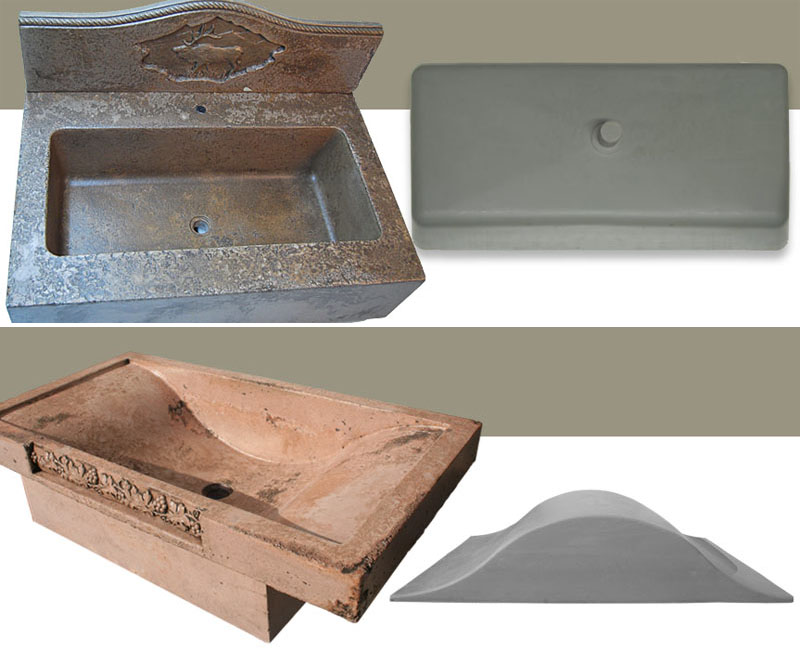
Tips for Successful Decorative Concrete Projects
Here are some tips to ensure your project turns out perfectly:
Choose the Right Climate
Concrete sets best in moderate temperatures. Avoid extremely hot or cold weather, as this can affect curing times and the final appearance.
Invest in Quality Molds
While it may be tempting to opt for the cheapest molds available, investing in quality molds can make a significant difference in the finished product.
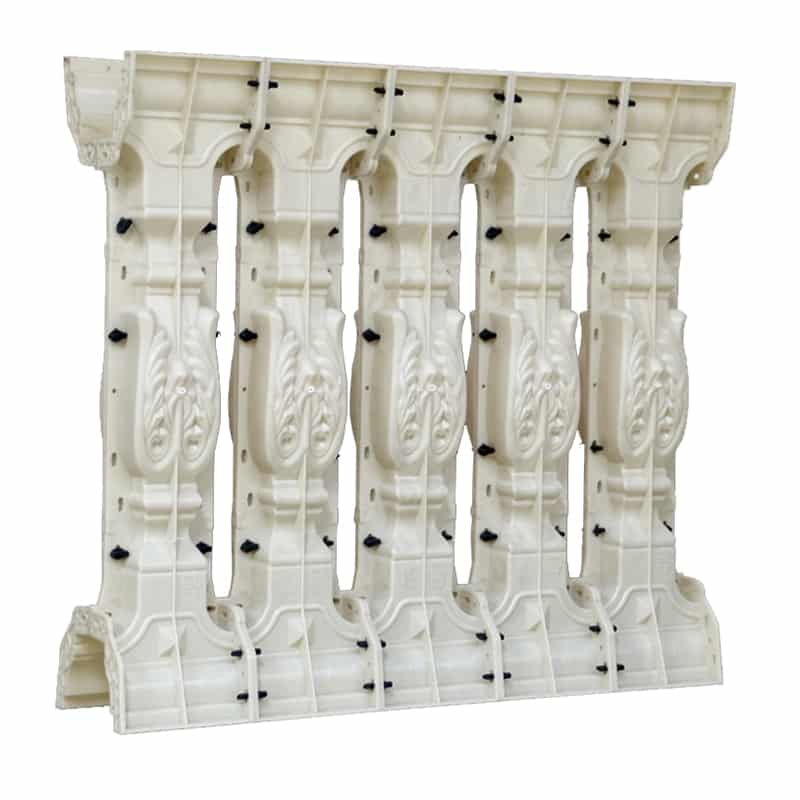
Practice Makes Perfect
Don’t worry if your first attempt isn’t flawless! Concrete work can be tricky, and each project will help improve your skills.
Common Questions About Decorative Concrete Molds
What Can I Use Decorative Concrete Molds For?
You can use decorative concrete molds for a wide variety of applications, including patios, walkways, garden features, and decorative walls.
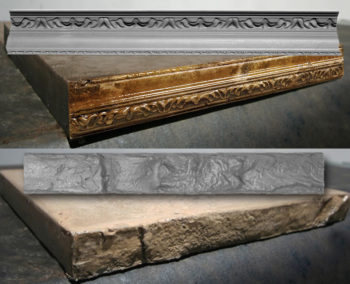
Can I Use Decorative Molds for Indoor Projects?
Absolutely! Decorative concrete molds are perfect for indoor projects like countertops, decorative panels, and even furniture.
How Long Does Concrete Take to Cure?
Concrete typically takes 24 to 48 hours to set, but it is recommended to wait at least a week before heavy use.
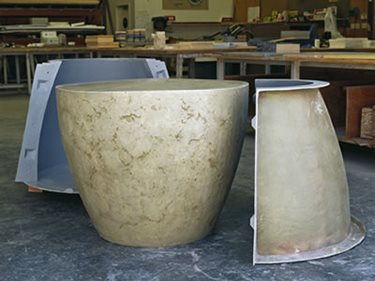
Are Decorative Concrete Molds Reusable?
Yes! With proper care and maintenance, decorative concrete molds can be reused multiple times for various projects.
Conclusion
Decorative concrete molds are a fantastic way to add a personal touch to your spaces, whether you’re beautifying your garden or enhancing your home’s interior. Their affordability, durability, and versatility make them a favored choice among DIYers and professionals alike. So why not dive into this creative endeavor? Your next decorative concrete project awaits!

Final Thoughts
If you’ve been inspired to start your own decorative concrete journey, remember that the only limit is your imagination. With the right tools and a bit of practice, you can transform any space into a work of art. Don’t hesitate to share your experiences or ask questions in the comments below!